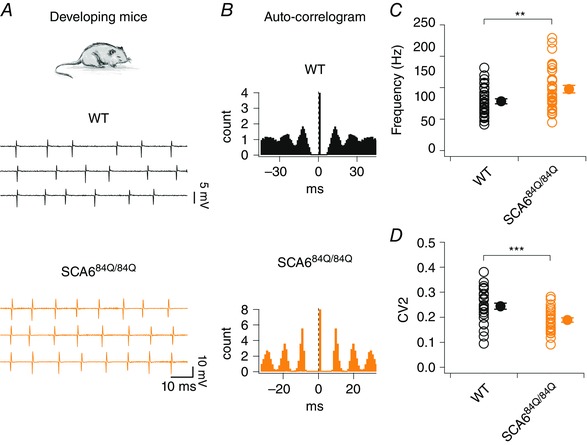Figure 1. Enhanced Purkinje cell firing precision and rate in developing SCA684Q/84Q mice.

A, top, experiments were performed in P10–13 developing WT and SCA684Q/84Q mice. Bottom, sample traces from representative WT (middle, black) and SCA684Q/84Q (bottom, orange) Purkinje cells. WT cells fire with lower precision and frequency at this age than in adult (compare with Fig. 6 A and C), while developing SCA684Q/84Q Purkinje cells show enhanced firing rate and precision. B, corresponding auto‐correlograms highlight the lack of precision firing in the WT cell (top; with less distinct peaks) in contrast to the highly precise spike timings observed in SCA684Q/84Q Purkinje cell (bottom; with more distinct peaks). C, SCA684Q/84Q Purkinje cells fire action potentials at higher rates compared to WT cells at this developmental stage (P = 0.009). D, Purkinje cell firing precision is enhanced in SCA684Q/84Q Purkinje cells compared to WT as reflected by a lower CV2 of inter‐spike intervals (WT: CV2 = 0.24 ± 0.01, n = 33 cells; SCA684Q/84Q: CV2 = 0.19 ± 0.009, n = 34; significantly different, P = 0.00061). Comparisons made by Student's t test; ** P < 0.01; ***P< 0.001.
